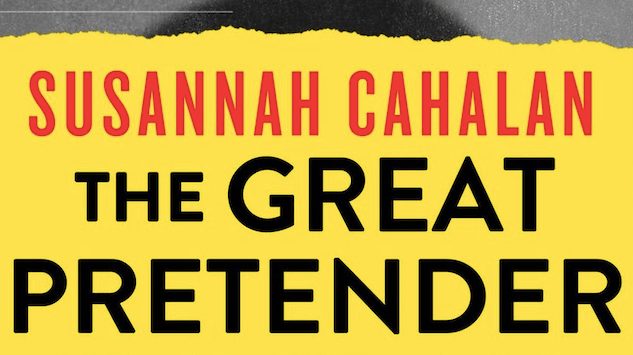People Pretended to Be Insane for a Psychiatric Study; The Great Pretender Investigates the Results

In The Great Pretender, Susannah Cahalan investigates a groundbreaking mental health study conducted 46 years ago. But as her research turns up more and more questions, she begins to suspect that the study may not have been everything its author claimed.
In 1973, Stanford professor and psychologist David Rosenhan published a journal article titled “On Being Sane in Insane Places.” It detailed a study, known as the Rosenhan experiment, that focused on the experiences of seven pseudopatients who faked their way into mental institutions by claiming to hear voices saying, “Hollow, empty, thud.” Once inside, they were tasked with getting themselves out by proving their sanity; some took days, others took weeks. The study’s findings highlighted continued abuses within the mental health system, and it confirmed concerns that mental health professionals were not quite as skilled at discerning the mentally well from the mentally ill. Rosenhan’s study was a grenade in the field of psychiatry and is still taught today.
 But does it actually stand up to rigorous inquiry?
But does it actually stand up to rigorous inquiry?
Cahalan wanted to find out, although that’s not where her particular interest began. As recounted in her 2012 memoir Brain on Fire, Cahalan was nearly misdiagnosed with schizophrenia when suffering from a unique autoimmune condition in which the body attacks the brain. That experience, which Cahalan references throughout The Great Pretender, made her curious to learn more about diagnosis and misdiagnosis—and what happens when the line between the two is crossed. Rosenhan’s study was a natural fit for Cahalan’s interests, and the fact that Rosenhan never published more than one follow-up paper on his groundbreaking work made him all the more mysterious.
As she poured over Rosenhan’s documents and notes, however, Cahalan began to suspect that the study wasn’t as rigorous as one might hope for something that’s become a touchstone in its field. In addition to being unable to identify six of the pseudopatients (who used fake names for registration), Cahalan noticed that dates and numbers didn’t match up and that at least one participant was omitted because his experience didn’t fit Rosenhan’s narrative.
The Great Pretender ultimately reveals that Cahalan is a gifted and dogged investigative reporter, and her work on this study is vital. The questions and concerns she raises about Rosenhan’s research are long overdue, reframing the study as part of mental health’s problematic history rather than a corrective outlier. While “On Being Sane in Insane Places” led to necessary reforms, those reforms came at the expense of public trust. And if the study was built on unethical practices and omissions, Cahalan has unearthed issues that demand further consideration.
But the book is not without flaws. In her quest to be comprehensive, Cahalan teases out threads that bog down the text at times. It isn’t until a quarter of the way through that the Rosenhan experiment even begins taking shape, as much of the first hundred pages are devoted to discussing Cahalan’s own story and a fragmented history of mental health practices, studies and reporting. Parenthetical asides are common, which act less as a means of sharing important information than to remind the reader that this is the saga of Cahalan’s investigation as much as it is the story of Rosenhan’s work.
Those concerns aside, The Great Pretender is a necessary reconsideration of a foundational mental health text. The substance of Cahalan’s reporting is crucial and still accessible to the lay reader, even if the prose sometimes distracts rather than amplifies her message.
Bridey Heing is a freelance writer based in Washington, DC. More of her work can be found here.